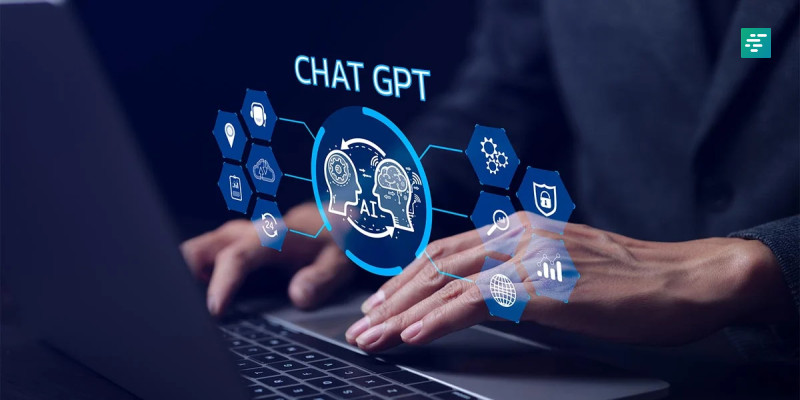
Bridging the learning gap in Indian schools: Is generative AI the answer?
- Campus Updates
- 29 Jan, 2024
- 811
As advances in AI gather pace, there is a big push by the Centre and by tech firms to more firmly entrench it in education.
In a classroom in Bengaluru, half a dozen young students sit at a desk, listening intently to a small black device as a woman’s voice calls out simple sentences in English, that they then repeat carefully. The device, an Amazon Echo Dot speaker, uses artificial intelligence-enabled voice recognition technology to help the students improve their reading, listening, and speaking in English—for some their second language, for others their third.
In the municipal-funded school, the English language tool has helped dozens of first-generation learners gain in confidence and ability, said teacher Lingesh K, who goes by his first name.
“It is a new way of learning—the technology is novel for the kids, and they also find it entertaining,” said Lingesh, who has taught English in the school for two years, and has used the AI-enabled system, Tara, for the past year in his classes. “Every child gets a chance to interact with the device. The technology is not a substitute for lesson, but it is a good complement,” he told the Thomson Reuters Foundation.
AI IN INDIAN EDUCATION
As advances in AI gather pace and the technology is increasingly used in areas from marketing, to law and surveillance, there is a big push by the Indian government and by tech firms to more firmly entrench it in education. From helping teach English to assisting teachers with lesson plans to identifying pupils at risk of dropping out, AI tools are helping bridge learning gaps that widened in schools during the COVID-19 pandemic, tech and education experts said.
CUSTOMISED APPROACH
India’s landmark Right to Education Act, 2009, made education a fundamental right of every child aged six to 14, yet spending on education as a share of total GDP (gross domestic product) is less than 3 per cent, among the lowest of developing nations.
There were some 267 million children enrolled in about 1.5 million schools nationwide last year (financial year 2022), according to official data. Less than half the schools had a computer and just over a third had internet access. So start-ups, nonprofits, and big tech firms are customising AI tools for specific environments and learning needs.Faced with a large number of students dropping out, Andhra Pradesh used a Microsoft AI system that compiled data on gender, academic performance, and socio-economic metrics to predict potential dropouts, so they and their parents could be counselled.
PRIVACY FEARS
The introduction of ChatGPT in November 2022 accelerated the adoption of generative AI in education, with some welcoming its ease of use, while others worried about plagiarism, misinformation, and inbuilt cultural bias. But while the technology has the potential to transform education, it can also widen inequities and disparities, warned Libing Wang at UNESCO, which has set a framework for generative AI use in education.
As AI is used in more Indian classrooms, more student data will be collected, yet there are few guardrails to protect the data from misuse, said Prateek Waghre, executive director at Internet Freedom Foundation, a digital rights group. “It is not clear what data is being collected, how it will be used, and if there will be a meaningful consent mechanism for students and parents to have a say in this, or to opt out,” he said.
